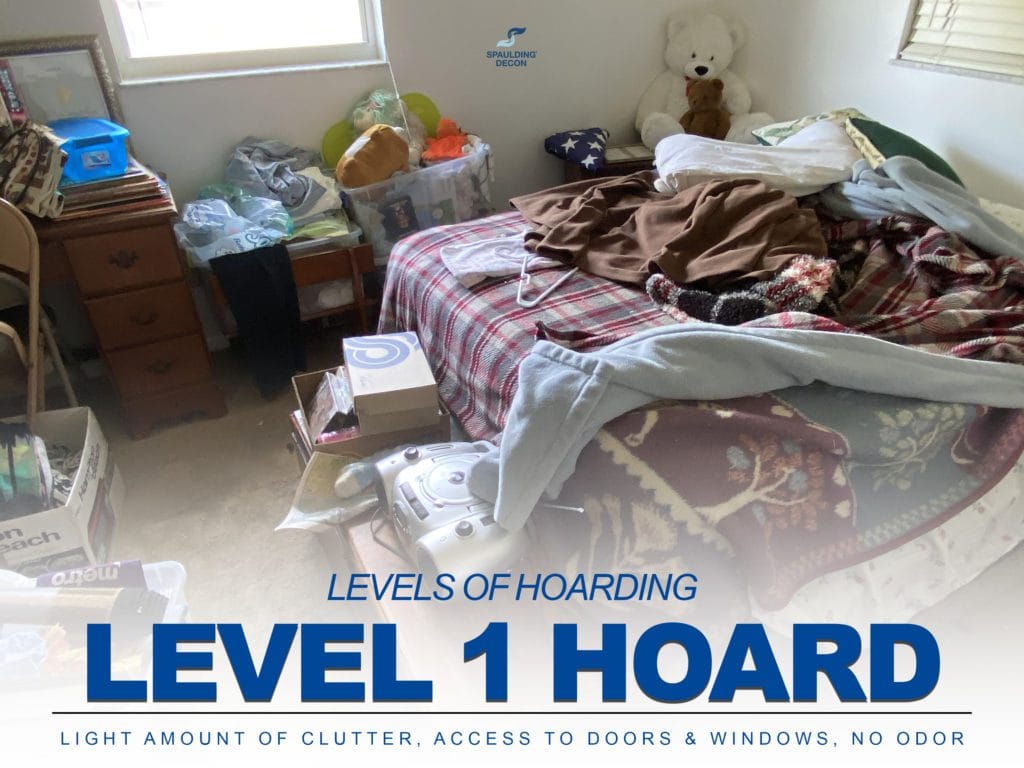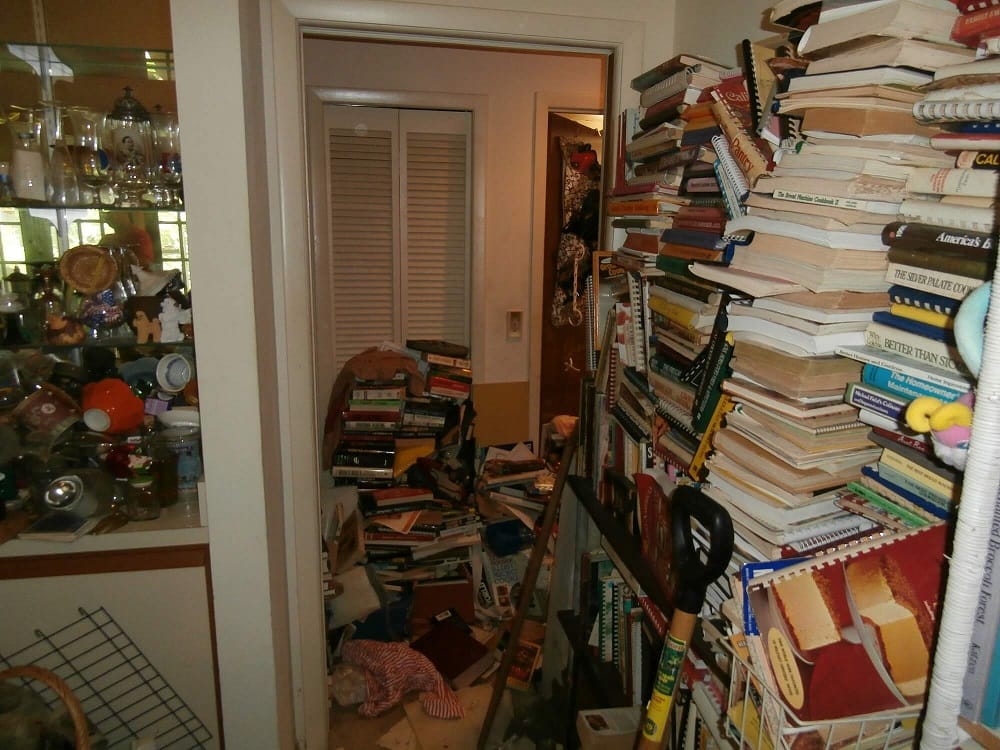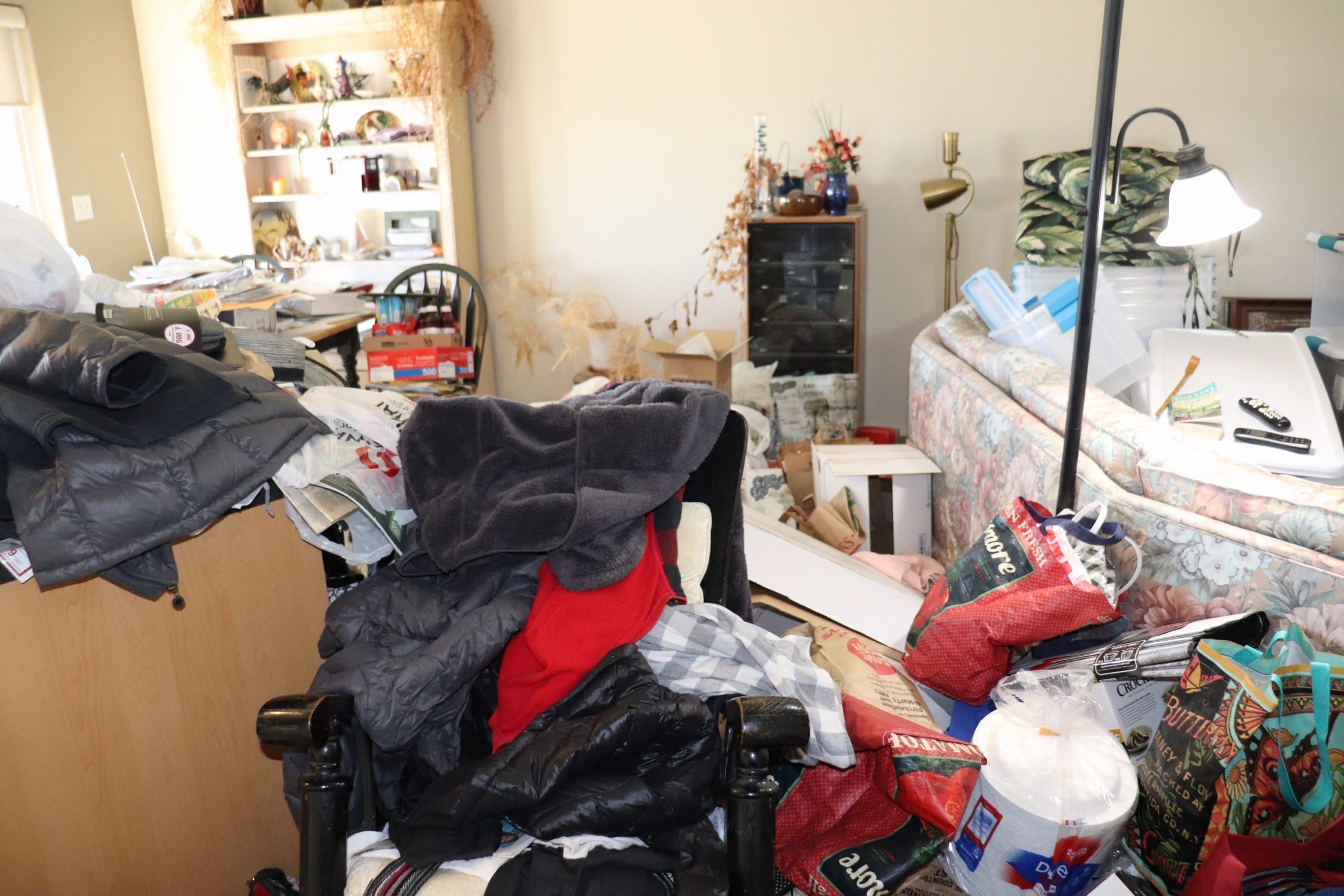Compulsive hoarding is more common than many people, including researchers, ever realized. In the US, there are anywhere from 5 to 14 million people diagnosed as compulsive hoarders. Thats actually double the number of people diagnosed with OCD.
Why does this matter?
Because if you or a loved one have accumulated clutterenough to warrant the label of hoardingit helps to know youre not alone. Compulsive hoarding, described as an excessive accumulation of items and the refusal to get rid of them, is something that affects many individuals, which means there are resources available for you, including hoarding cleanup services.
Whether its your home that needs a de-cluttering or that of a loved one, keep reading. We discuss topics like what hoarding cleanup is, how long it takes, and how much it costsas well as why thats a job best left for a professional cleaning company.
What Is a Hoarding Cleanup Service?
Hoarding is an umbrella term that describes the accumulation of objects or clutter. The scope of hoarding is large, and people can collect all types of things.
Some of the more commonly hoarded items include:
- Papers, such as newspapers, receipts, or mail
- Books
- Containers, such as paper or plastic bags, boxes, etc.
- Clothing items
- Furniture
- Garbage, like rotten food, food wrappers, etc.
- In rare casesanimals or even waste products
In certain instances, its just finally time for a hoarding cleanup plan. There are several reasons to seek hoarding cleanupperhaps youve been hoarding items to be thrifty and finally need to get rid of them, or the same applies to your loved one. Maybe your friend or family member who recently passed was a hoarder and you need help dealing with whats left.
In those instances (and others on an as-needed basis), hiring a hoarding cleanup company means theyll come to the site of the hoarding and clean it upsafely, efficiently, and hygienically. In some cases, cleaning can be dangerous, and even when its not, its still challenging.
Cleanup is a large undertaking. Depending on the size of the home, it can be an incredible burden on you or your loved ones shoulders. It might be hard to know where to begin, how to begin, or how to stay safe while youre doing so.
Professional cleaners are trained for this. Theyll know small tips (like cleaning top to bottom) and large tips (like how to remove hazardous material like mold, rodent droppings, etc). In short, theyre the ones for the job.
How Long Does Cleanup Take?
In all honesty, the length of the cleanup process varies.
What does it depend on?
Well, several factors. Cleanup might take longer for several reasonsthe home is very large and every room is full; the hoarding collection is massive and/or dangerous; there are hazardous materials involvedamong other things. The situation might even take longer if the homeowner is occupying the home at the time of the cleanup.
Cleanup wont be as long when its a smaller space, a less massive accumulation of items, or the person hoarding is compliant with decluttering the space.
Just as the timeline is ambiguous, so is the cost, and its for the same reasons youd expect. Keep reading for more insight.
How Much Does It Cost to Hire a Hoarding Cleanup Company?
Its hard to gauge a hoarding situation until youre in front of it. A professional cleaning team can better estimate things like time and cost when they analyze the circumstances first.
Just like the process is flexible, so is the price. The cost of hoarding cleanup can go up drastically depending on things like how long it takes, how big the property is, how many staff members need to do the job, how severe the hoarding is. The more dangerous or unhygienic, the more safety measures a company will have to take, promoting a higher bill.
Because of the drastic differences between each case, its hard to assess a situation until a crew is in person and can judge the extent of the work before them, how many crew members theyll need, and what tools or equipment is required. Often, phone conversations work as consultations to communicate this information early on.
The Reason You Shouldnt DIY
As youve learned by now, hoarding cleanup can be a dangerous job. Thats not always the casebut its not really worth the risk, either. Because even when the job is relatively safe, that doesnt mean its easy, convenient, or even manageable for the average person.
In specific hoarding situations, saving certain items can even be hazardouslike the accumulation of bodily fluids. Or, saving things like food wrappers and other garbage might lead to pest or bug infestations, and even a build-up of animal droppings. Its absolutely crucial to handle these hazardous materials in a way thats safe and informed.
In general, houses where hoarding takes place can prove to be unsafe during emergencies like fires, too. Crowded rooms, doorways, and hallways make it hard to navigate the home safely.
Call Us for Cleaning Services
Hoarding cleanup isnt easy, no matter the scale of the project.
It becomes an especially harder job depending on the size of the home, the extent of the hoarding, and the types of items being hoarded. Its also difficult to do when someone is still living on the premises.
Luckily, you dont have to undergo the stress of the job by yourself.
Click here to contact us at Spaulding Decon for thorough, safe, and efficient cleaning services, no matter the project scope. We look forward to speaking with you.
More Hoarding Information:
Below are several more resources regarding hoarding clean up and hoarder mental health.
- Learn How to Remove Biohazardous Materials from a Hoarding Situation
- Differences Between Hoarding and Clutter Cleanup
- The Ins and Outs of Hoarding Cleanup
- Animal Hoarding: Laws, Facts and Psychology behind It
- Hoarding and Clutter Cleanup in Commercial Estates
- 5 Stages of Hoarding Explained
- 7 Warning Signs Someone You Love Has a Hoarding Problem





